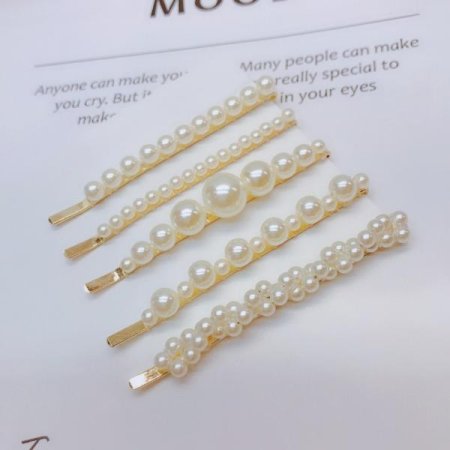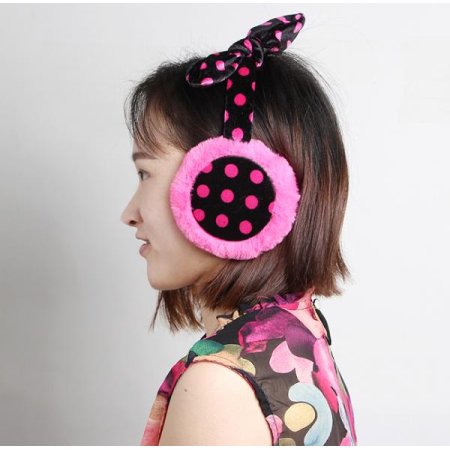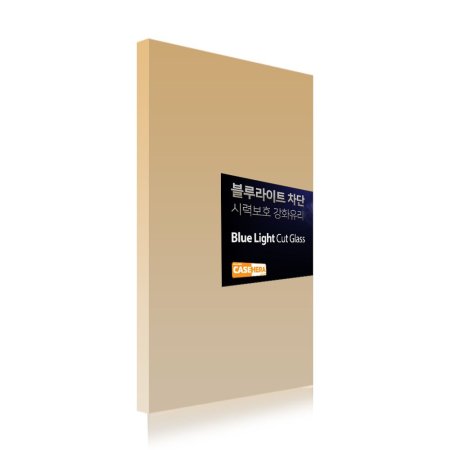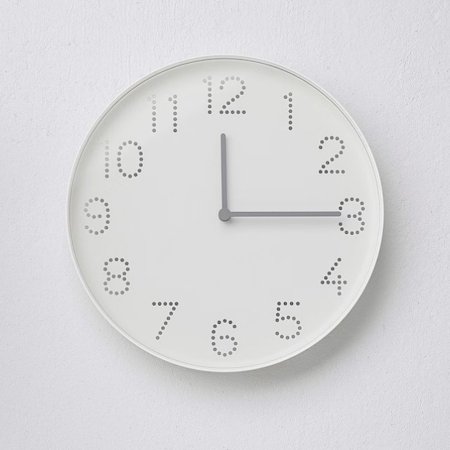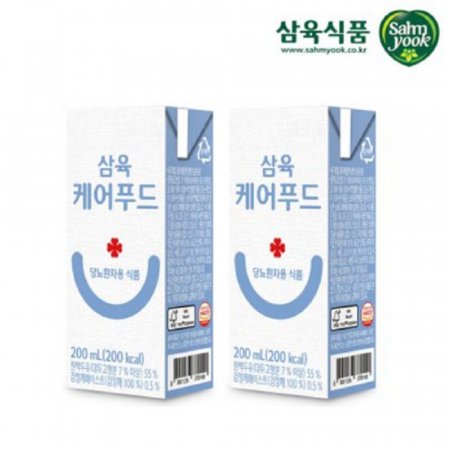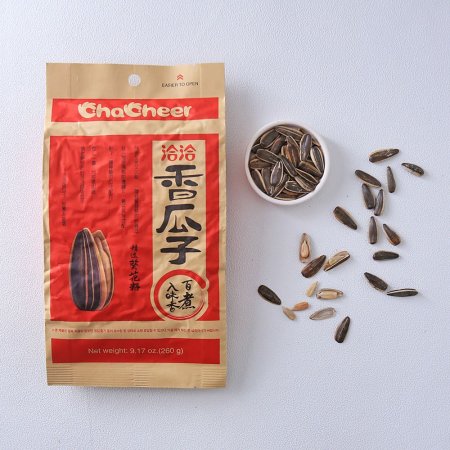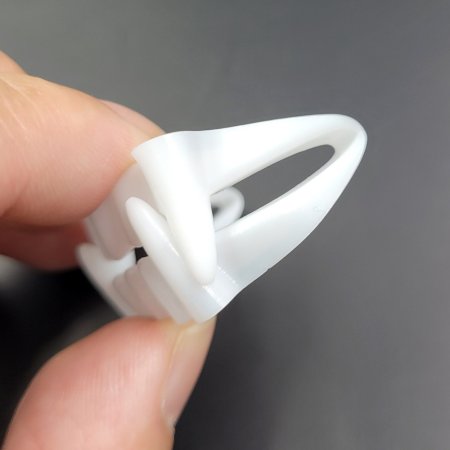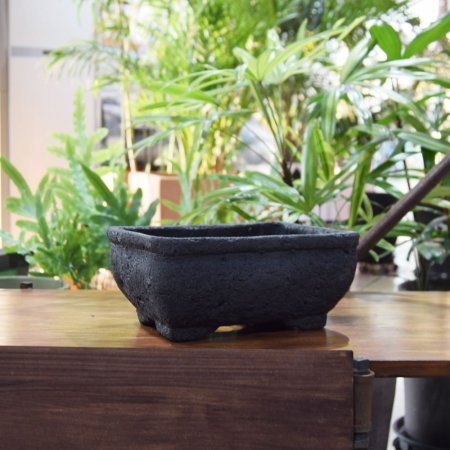[문화재청](국영문 동시 배포) ‘제주큰굿’ 국가무형문화재 신규종목 지정·보유단체 인정

문화재청(청장 김현모)은 제주도에서 전승되고 있는 무속의례 중 규모가 가장 큰 ‘제주큰굿’을 신규 국가무형문화재로 지정한다.
‘제주큰굿’은 제주지역에서 오랫동안 전승되어 온 굿으로, 그 안에 음악·춤·놀이 등이 한데 어우러지고 지역민의 살아온 내력이 온전히 담겨있는 종합적 형태의 무속의례이다. 의례는 보통 큰 심방을 포함하여 5명 이상으로 구성하여 짧게는 7일에서 길게는 대략 보름 정도 진행한다.
* 심방: 제주도에서 무당을 일컫는 용어
‘제주큰굿’은 ▲ 오랜 역사적 내력을 지니고 있고, ▲ 우리나라 굿의 원형을 간직하고 있으며, ▲ 제주지역 음악·춤·구비서사시·놀이 등을 다양하게 포함하고 있어 학술적 가치가 높다. 또한, ▲ 수많은 신(神)들을 초대하여 제청(祭廳)에 앉히는 의식부터 시작하여, 영신(迎神)-오신(娛神)-송신(送神)의 완벽한 제의적 형식미를 갖추고 있는 점, ▲ 열두본풀이로 전해지는 서사무가(敍事巫歌)에는 제주도 사람들의 천지창조·삶·죽음 등에 대한 관념들이 투영되어 지역민의 세계관을 온전히 확인할 수 있는 점, ▲ 사설은 과거 ‘제주 방언’을 그대로 사용하고 있어 살아있는 제주방언 사전이라고 할 정도로 언어학적으로 중요한 문화자산인 점이 국가무형문화재로 지정할 가치가 높은 것으로 평가받았다.
* 영신(迎神): 무당이 굿을 하기 전 신(神)을 맞아들이는 것을 일컫음.
* 오신(娛神): 무당이 굿을 할 때 춤, 노래로 신을 찬양하여 즐겁게 하는 것을 일컫음.
* 송신(送神): 무당이 굿을 마치고 신을 보내는 것을 일컫음.
* 열두본풀이: 본풀이는 ‘본(本)[근본]’을 푼다는 뜻으로, 열두본풀이는 제주에서 심방들이 굿을 할 때 제상(祭床) 앞에 앉아서 신(神)의 내력담을 읊는 것을 말함.
천지 개벽 신화인 ‘천지왕본풀이’를 비롯하여 ‘초공본풀이’, ‘이공본풀이’, ‘삼공본풀이’ 등이 있음
또한, 보유단체로 인정된 ‘(사)제주큰굿보존회(대표 서순실)’는 2012년 9월 설립된 단체로 제주큰굿을 전형대로 구현할 수 있는 전승능력을 갖추었고, 전승의지 등이 탁월하여 제주큰굿의 보유단체로 인정하는 것이 적합하다고 판단되었다.
제주큰굿은 ‘제주칠머리당영등굿’이 1980년 11월 지정된 이후, 제주도에서 41년 만에 지정되는 무속의례로 제주도 주민들의 삶과 애환을 고스란히 담고 있어 그 가치와 의미가 더욱 크다 할 것이다.
* 제주칠머리당영등굿: 제주특별자치도 제주시 건입동 ‘칠머리당’에서 바다 생업의 안녕(安寧)과 풍요(?饒)를 기원하는 당굿
문화재청은 앞으로도 국가무형문화재의 신규종목 지정을 통해 보호 대상을 확대하여 우리의 전통문화가 후세에 전승될 수 있도록 노력할 계획이다.
'Jeju Keungut’ To Become National Intangible Cultural Heritage
-It is the grandest shaman rituals in Jeju Island
-Its group will also be acknowledged
The Cultural Heritage Administration (Administrator Kim Hyun-mo) plans to designate Jeju Keungut, the grandest shamanistic ritual in Jeju, as the National Intangible Cultural Heritage.
Jeju Keungut, also known as Jeju Grand Gut, is the shamanistic ceremony that has been passed down for the longest period in Jeju Island. It encompasses traditional music, dance and game as well as the history of the people of Jeju. It is usually conducted by more than five people ? including the leading simbang, or shaman ? and continues for 7 to 14 days.
* simbang - shaman in Jeju dialect
Jeju Keungut has a long history and as a result maintains the original format of Korean gut. It consists of music, dance, oral epics and games indigenous to Jeju, which makes it a highly valuable subject of study. Experts also note its format: It begins with a ritual of inviting gods and bringing them to a special seating area; and progresses in stages like yeongsin, osin, songsin, consecutively. The shaman’s narrative song, yeoldu bonpuri, reflects the views of the Jeju people on creation, life and death. It is also notable how the shaman’s narrative uses the Jeju dialect from a long time ago. Linguists note how it is tantamount to a dictionary of Jeju dialect and thus, an invaluable source for their research.
* yeongsin - Shaman receives and guides gods, before starting gut
* osin ? Shaman entertains by giving praise to gods with dances and songs
* songsin ? Shaman concludes gut and sends off gods
* yeoldu bonpuri ? Shaman sits in front of an ancestral ritual table and introduces gods by reciting the account of their histories. There are several well-known examples like ‘cheonjiwang bonpuri’, ‘chogong bonpuri’, ‘yigong bonpuri’, ‘samgong bonpuri.’
Jeju Keungut Preservation Society (Director Seo Soon-sil), the group that has been preserving this gut ritual, will also be acknowledged in the designation. Established in 2012, the society has the capabilities to reenact the Jeju Keungut in its original form, and has been continuously dedicated to passing down the Jeju Keungut to people today.
It has been more than 40 years since a Jeju gut ritual that embodies the joy, sorrow and life of the Jeju people has been designated as a national intangible heritage item. In November of 1980, Jeju Chilmeoridang Yeongdeunggut was recognized as a national intangible heritage item in Korea.
* Jeju Chilmeoridang Yeongdeunggut(Fishing village’s shaman ritual, Jeju Island) - a ritual held at Chilmeoridang in the village of Gun-rip to pray for calm seas and a plentiful sea catch. It was inscribed on UNESCO’s Representative List of the Intangible Cultural Heritage of Humanity in 2009.
The Cultural Heritage Administration plans to continue to expand the scope of protection through the designation of new national cultural properties so that our traditional culture can be passed down to future generations.
<시왕맞이(시왕[十王]을 맞이하여 기원하는 의례)(출처 제주특별자치도청)>
[자료제공 :











